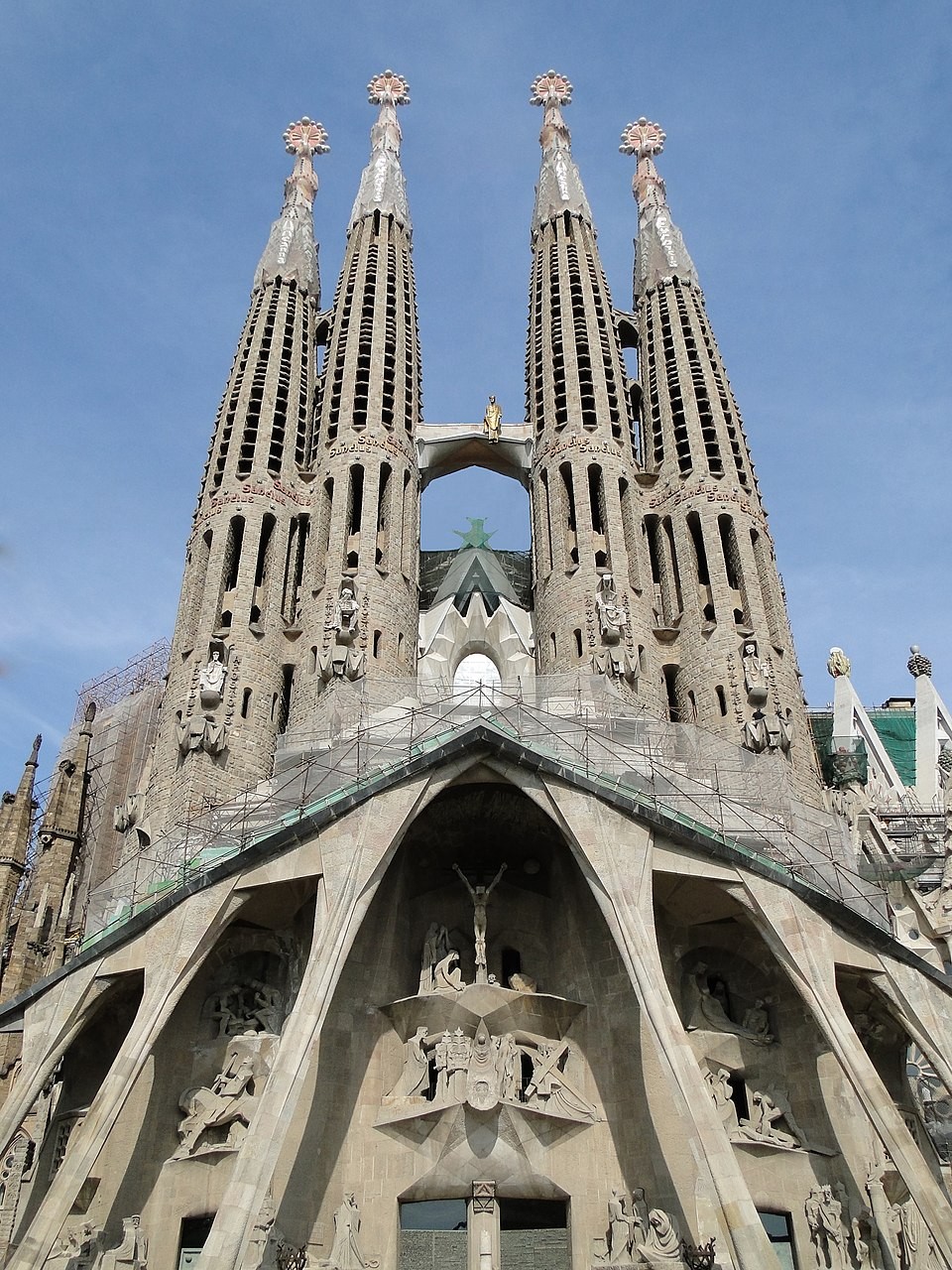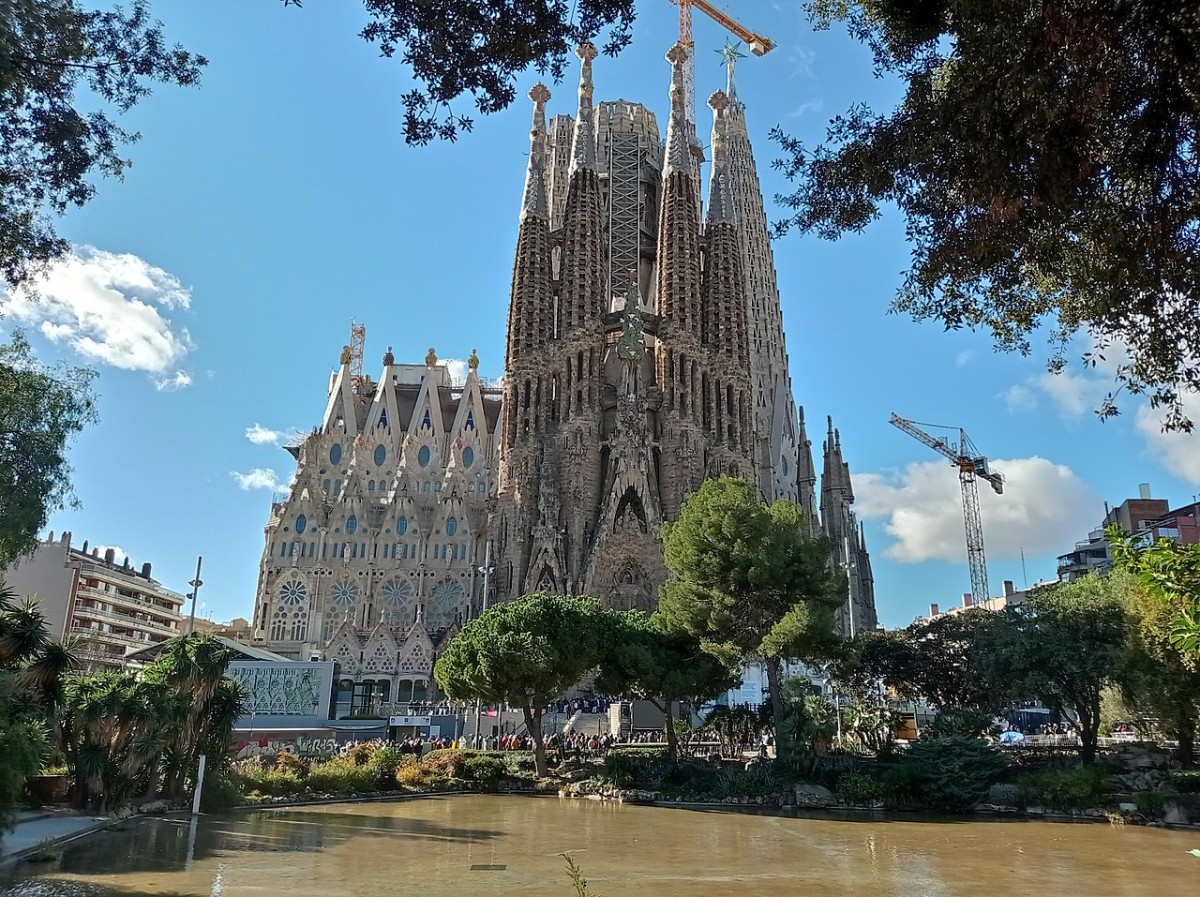
The Sagrada Familia, Antoni Gaudí’s iconic Barcelona temple, has become a powerful symbol of creativity, faith and perseverance, transcending traditional architecture.
Construction began in 1882 and, as you know, continues to this day, making it one of the longest-running architectural projects in modern history. Beyond its global fame, the monument holds fascinating secrets that even repeat visitors find surprising.
Want to discover them?
1. Gaudí knew he would not see it finished
Antoni Gaudí took on the project in 1883 and devoted the last 15 years of his life solely to the Sagrada Familia. Aware he wouldn’t live to see its completion (he died in 1926), he left behind detailed plans, models and documents to guide future generations in realising his vision.
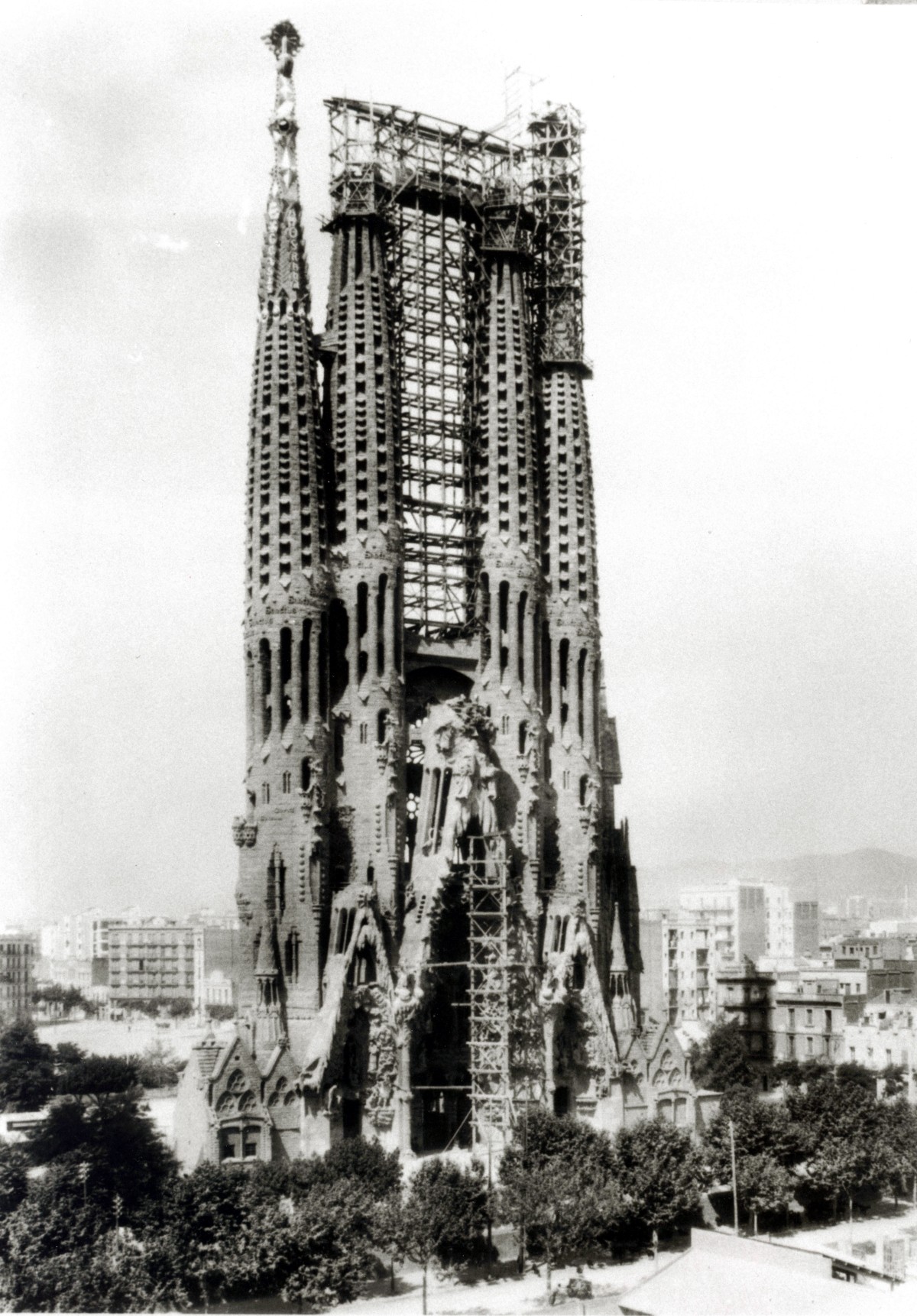
2. Natural inspiration in every corner
The interior columns resemble trees branching toward the ceiling, forming a stone forest. Gaudí avoided straight lines whenever possible, saying, “straight lines belong to man; curved lines belong to God.”
3. A temple full of mathematical symbolism
The Passion façade features a 4x4 magic square where every row, column and diagonal sums to 33, the age of Christ at his death. Gaudí also incorporated proportions like the golden ratio and shapes such as the hyperboloid.

4. Exclusively private funding
Since its inception, the Sagrada Familia has been funded solely through private donations and visitor fees. Gaudí declined state and church funding to preserve the project’s independence.
5. World Heritage Site status for an incomplete building
In 2005, UNESCO designated the parts built by Gaudí, the Nativity Façade and the crypt, as a World Heritage Site. Then, in 2010, Pope Benedict XVI consecrated the Sagrada Familia as a minor basilica.
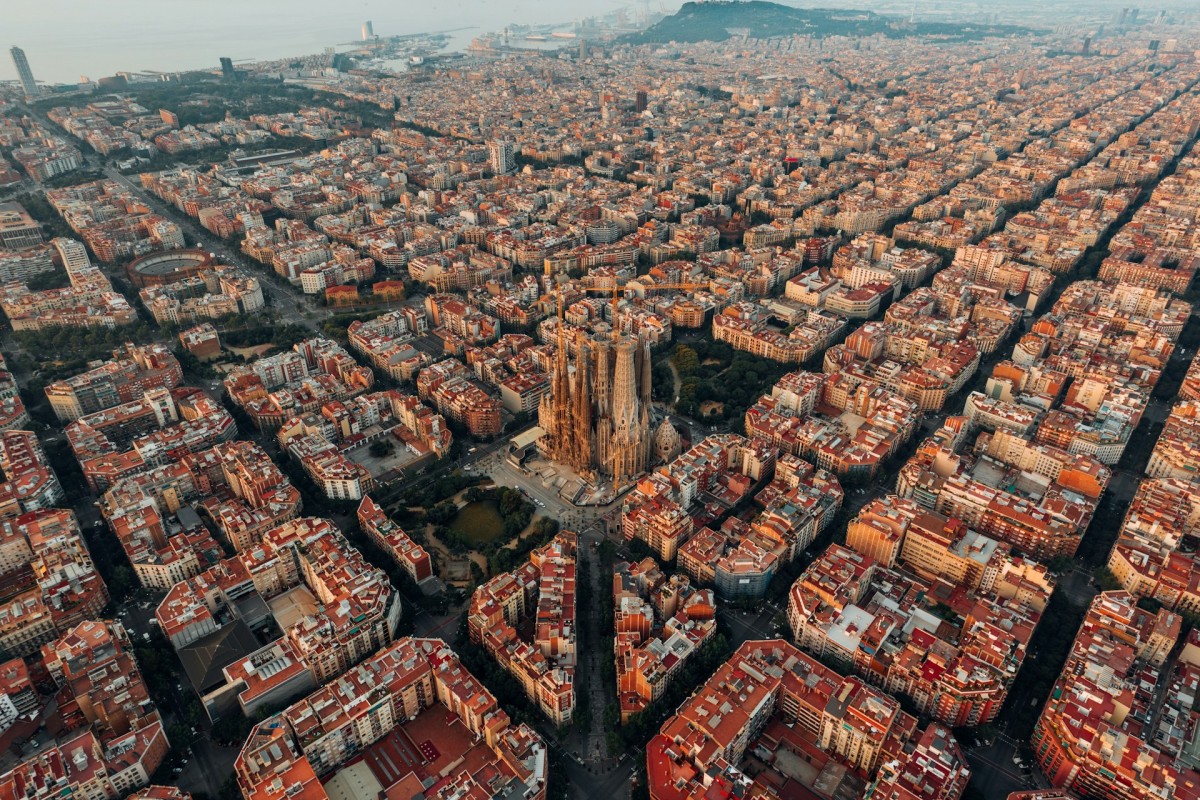
6. Estimated completion date: 2033?
Originally set for 2026, the Sagrada Familia’s completion was delayed by the pandemic and is now expected for around 2033.
7. Each tower represents a biblical figure
When completed, the Sagrada Familia will feature 18 towers: 12 for the apostles, four for the evangelists, one for the Virgin Mary and the tallest, 172.5 metres, dedicated to Jesus Christ. This tower will be the tallest church spire in the world and the tallest building in Barcelona.
8. Gaudí is buried in the crypt
Antoni Gaudí rests in the crypt of the Sagrada Familia, in the Chapel of Our Lady of Mount Carmel. His tomb is a pilgrimage site for admirers and devotees alike.
9. The Nativity façade was the first to be built
Gaudí prioritised building the richly detailed and symbolic Nativity façade to showcase his vision. Of all its elements, he saw only one bell tower completed, the one dedicated to the apostle Barnabas.
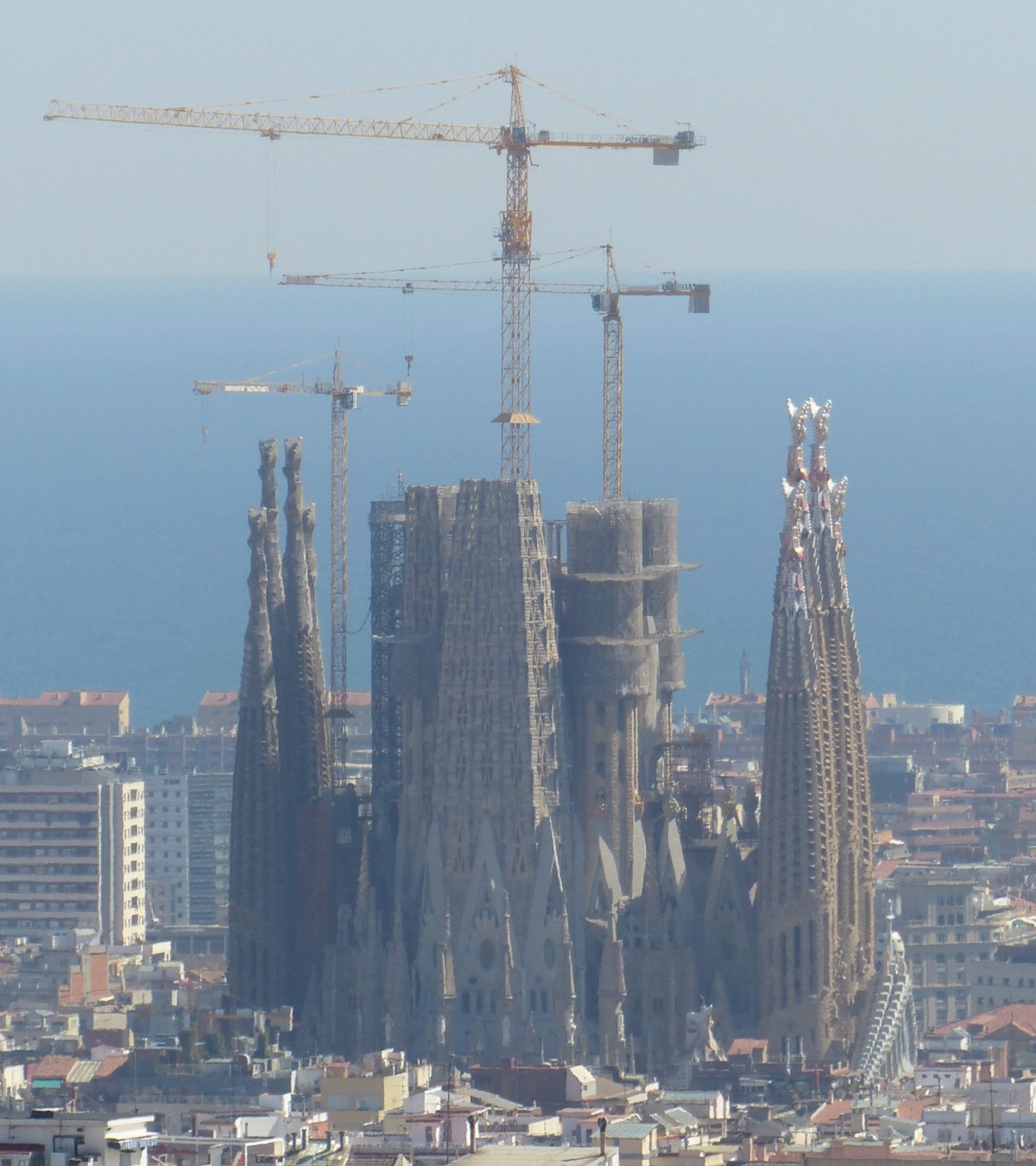
10. A temple that evolves with technology
While Gaudí relied on plaster models and hand drawings, today’s construction uses 3D modelling, laser scanning and robotics. Technology has accelerated progress without compromising the essence of his original design.
11. Lost original plans
Gaudí produced hundreds of sketches and drawings, but he continuously modified the design as construction progressed. Coupled with the loss of many plans and plaster models in the 1936 fire, this has posed challenges for the architects who later took over the project.
12. The original project could involve demolitions in the neighbourhood
The final notable – and most controversial – feature is the Gloria façade, planned as the church’s main entrance. It includes a grand staircase connecting to an avenue on Mallorca Street. However, this requires demolishing two residential blocks, impacting around 3,000 homes and 50 businesses. This long-standing conflict has intensified as the temple nears completion.
